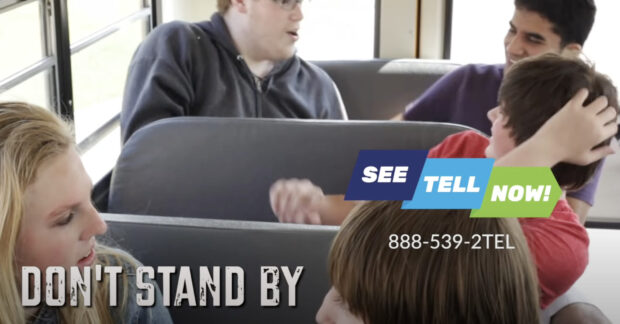
The Idaho School Safety and Security Advisory Board met Tuesday, two weeks after a mass shooting killed 19 students and two teachers at an elementary school in Uvalde, Texas.
The advisory board discussed plans for school safety moving forward, including a new reunification plan outlined by Guy Bliesner, an analyst with the Idaho School Safety and Security Program. “Reunification” means the process of reuniting children with their guardians during a crisis situation.
“This has been the giant disaster of what takes place,” when looking at other school shootings, Bliesner told the advisory board.
Though the agenda included an open forum, no parents spoke.
Many of the points Bliesner outlined stemmed from lessons learned at the last school shooting in Idaho. On May, 6, 2021, a 13-year-old female student shot and injured three people at Rigby Middle School.
Under the proposed reunification plan, there would be a two-gate process – the “request gate” and “release gate.” At the request gate, a parent identifies that they are authorized to take a student and then is physically moved to the release gate. At the release gate, staff escorts the student to their guardian for release. Staff would document when the student left and who they left with.
Another issue some schools face is that in larger crisis events, as many as 25 percent of students will self-evacuate, Bliesner said. That makes finding the students difficult.
Bliesner suggested that district staff could take over this role, as school staff are sometimes traumatized after an event.
“The real challenge is to create something that is functional at Swan Valley with 60 kids and functional at Rocky Mountain High with 1,500 kids,” he said. “And I think we’re probably 90 percent of the way there.”
Bliesner said they hope to test the plan this fall semester at several schools. The School Safety and Security Program will send the plan to schools in the next 10 days to let the schools edit it as they need for their schools.
The advisory board also reviewed the use of See Tell Now, a program implemented by the state to gather tips about people or students who could be a threat. Tips can be reported online or through a smartphone app.
Idaho has 129 schools enrolled in See Tell Now. Of those, 41 schools enrolled this 2021-2022 school year, according to board members. See Tell Now serves more than 55,000 Idaho students and allows them to report suspicious activity or concerns and observations, allowing authorities to intervene before a crisis occurs.
Program manager Mike Munger told the advisory board they have seen an increase in tips, but most are not emergency-level. Some are anonymous, while others leave contact information.
Munger says he is supportive of the program, as intervention at the lowest possible level of threat is ideal.
“Idaho is ahead of the curve, in terms of our sophistication of our assessments,” said Rep. Wendy Horman, R-Idaho Falls, who chairs the advisory board. “We’ve moved now onto details on reunification and so many other things that this staff has done.”
“We are doing the best practices in Idaho,” Horman said during the meeting. “We can improve. We can always do more and we’re always learning after each incident and we have the right people in place to make sure that that does happen.”
